EDITORIAL
Published on 26 May 2021
Editorial: Venoms, Animal and Microbial Toxins
doi 10.3389/fphar.2021.706573
- 2,036 views
32k
Total downloads
171k
Total views and downloads
EDITORIAL
Published on 26 May 2021
REVIEW
Published on 13 May 2021

ORIGINAL RESEARCH
Published on 20 Apr 2021

ORIGINAL RESEARCH
Published on 28 Jan 2021
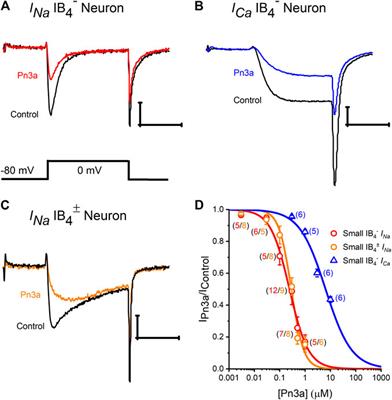
ORIGINAL RESEARCH
Published on 13 Jan 2021

HYPOTHESIS AND THEORY
Published on 14 Dec 2020
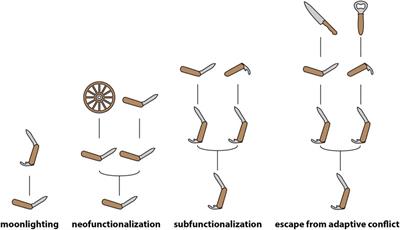
ORIGINAL RESEARCH
Published on 07 Oct 2020
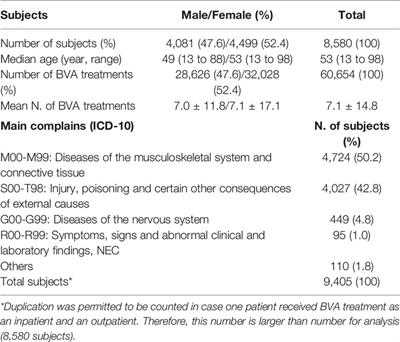
ORIGINAL RESEARCH
Published on 08 Sep 2020
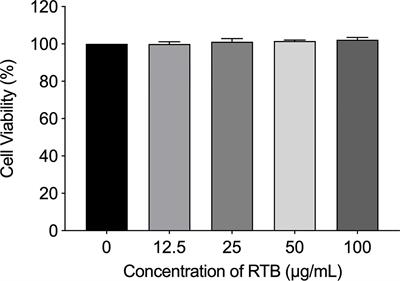
REVIEW
Published on 18 Aug 2020
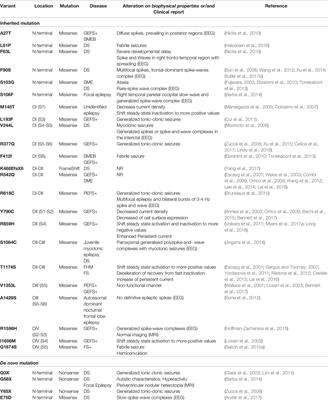
BRIEF RESEARCH REPORT
Published on 12 Aug 2020
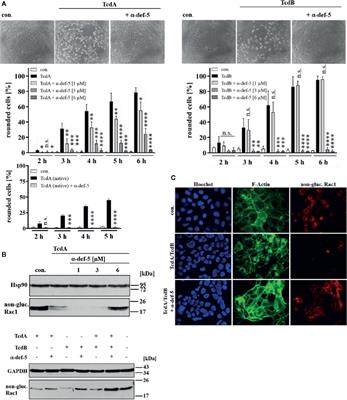
ORIGINAL RESEARCH
Published on 05 Aug 2020
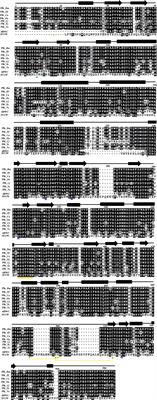
REVIEW
Published on 24 Jul 2020

